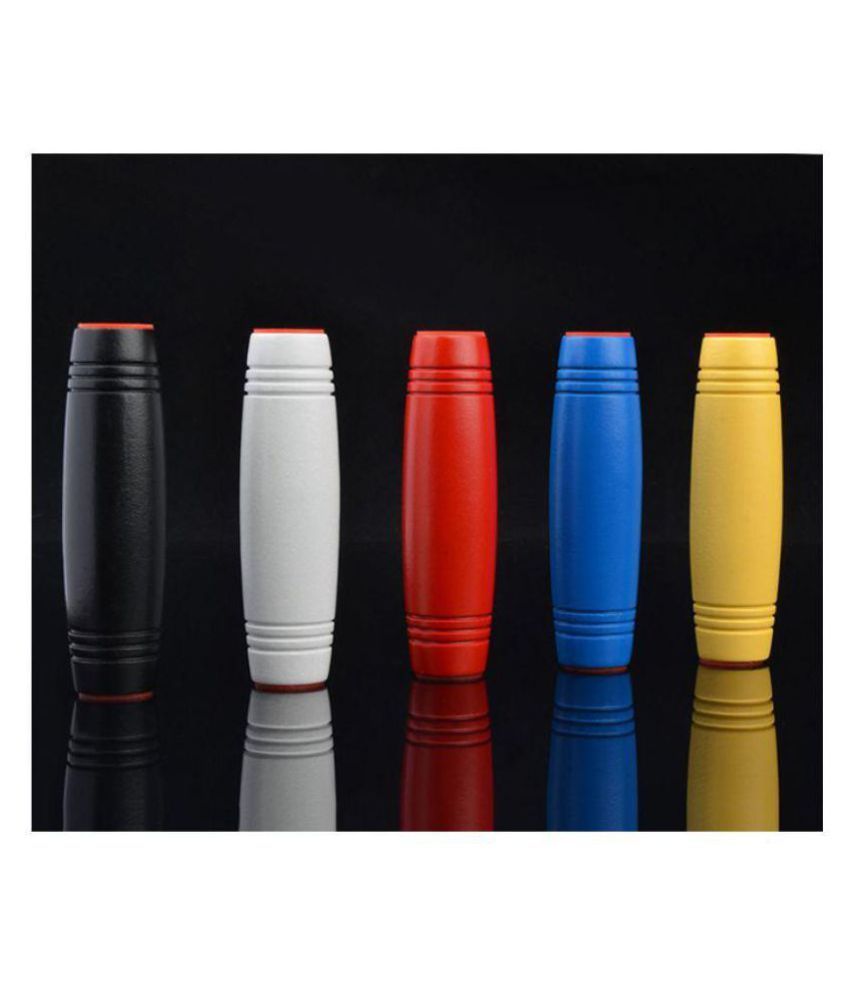
- BACK TO THE FUTURE DESKTOP TOYS UPGRADE
- BACK TO THE FUTURE DESKTOP TOYS PORTABLE
- BACK TO THE FUTURE DESKTOP TOYS ANDROID
- BACK TO THE FUTURE DESKTOP TOYS SOFTWARE
The Microsoft Store which, developed for the Microsoft Phone, was to become a component of Windows 10. Windows Phone never captured the market share anticipated in spite of the Microsoft dominance in the PC market.
BACK TO THE FUTURE DESKTOP TOYS ANDROID
Google makes its money from advertising on the built-in mail, maps and search applications.īy the time Microsoft realized its mistake, Android was the default OS for small devices and Apple had captured the high end of the market. Their pay-to-upgrade approach was competing with the relatively-new (and free) Android OS.
BACK TO THE FUTURE DESKTOP TOYS PORTABLE
Microsoft also miscalculated when it tried to capture the emerging portable device market. That and some other miscalculations ensured Microsoft's success at IBM's expense. Rather than take the offer to purchase Microsoft's DOS operating system, they chose instead to licence it. IBM didn't consider the PC a serious competitor to their mainframe computer systems. Microsoft wasn't the first to make this mistake. Microsoft was more focused on their own ambitions than truly meeting the needs of their customers.

Microsoft wanted Windows 8 to reflect the future of computing, but in achieving that goal it lost sight of the fact that the majority of Windows users are stuck in the here and now using budget hardware attached to keyboards and mice. This created a conflict between people's perceived needs and Windows 8's expensive touch screen technology. To top that off, Microsoft introduced an operating system that didn't suit traditional desktop users (those employing a mouse and keyboard).
BACK TO THE FUTURE DESKTOP TOYS UPGRADE
Most people were using Windows XP or Windows 7 and had no compelling reason to upgrade since their computers could do all they needed them to do.

Windows 8 was released during the last days of XP support. The rate of PC purchases naturally declined but the PC itself was not dead. Laptops were affordable and their improved capabilities were sufficient to replace desktop computers for all but power users.Free or inexpensive wireless Internet access was being provided everywhere, releasing the user from their home- or business-based Internet.Most computer users already had everything they needed. The breakneck pace of PC development had slowed.Most people in North America that wanted a computer already had one (or several) in their homes.Let's have a look at the historical aspect and the factors at play.īy the time Windows XP reached its end of support in 2014: Not only had the performance improved, but the cost had decreased significantly. With a stable desktop, many people chose laptops because of the portability. Not only do people have more cool, shiny things to spend their money on – smartphones and tablets and the like - but also PCs have reached the point where they're powerful enough to last longer than ever. What is dead is the old aggressive upgrade cycle that saw PCs being replaced every few years. Most people running Windows XP were perfectly happy with what they had. While technology was still advancing, it was less compelling. Moore's law is an observation and projection of a historical trend.Īs a result, computer sales were brisk year after year.
BACK TO THE FUTURE DESKTOP TOYS SOFTWARE
Desktops might not have the glitz and glamor of ultra-portable laptops, but they're still essential for work.Īt one point, the pace of new technology was so fast that the cutting edge software and hardware would be obsolete in 18–24 months. There has been a huge increase in mobile computing, particularly tablets and smart phones, while desktop PC sales have stagnated. Ray Ozzie, Microsoft's former chief software architect

Some people have declared that the desktop computer is finished. Interestingly enough, the COVID-19 pandemic has changed the trends away from computers, at least temporarily. This page is a look at the historical decline in desktop PC usage.


 0 kommentar(er)
0 kommentar(er)
